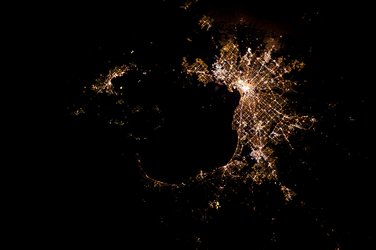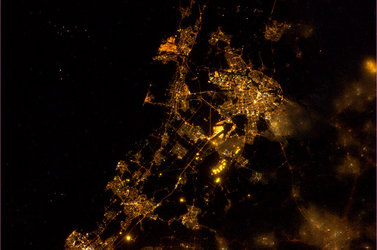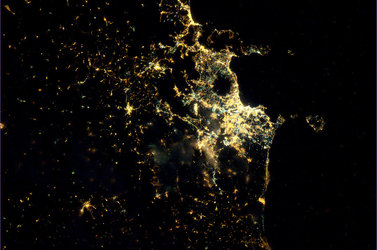

Andre Kuipers Nightpod
ESA astronaut André Kuipers during his six-month PromISSe mission to the International Space Station with Nightpod.
The Nightpod camera-stand tracks the movement of Earth passing under the International Space Station at 28 800 km/h, keeping any target fixed in the middle of the viewfinder. Standard cameras fixed to Nightpod can take pictures with longer exposure times so astronauts can take sharper pictures of cities at night.
Nightpod is installed in the Cupola observatory on the International Space Station. To calibrate the motors an astronaut enters the Space Station’s altitude, as well as its yaw, pitch and roll. These parameters change in orbit but are readily available to astronauts on the Space Station computers. After calibration, all the astronaut has to do is point the camera at the target, release the shutter and Nightpod will automatically compensate for the movement of the Station, keeping the subject steady in the camera’s viewfinder during its exposure time.





